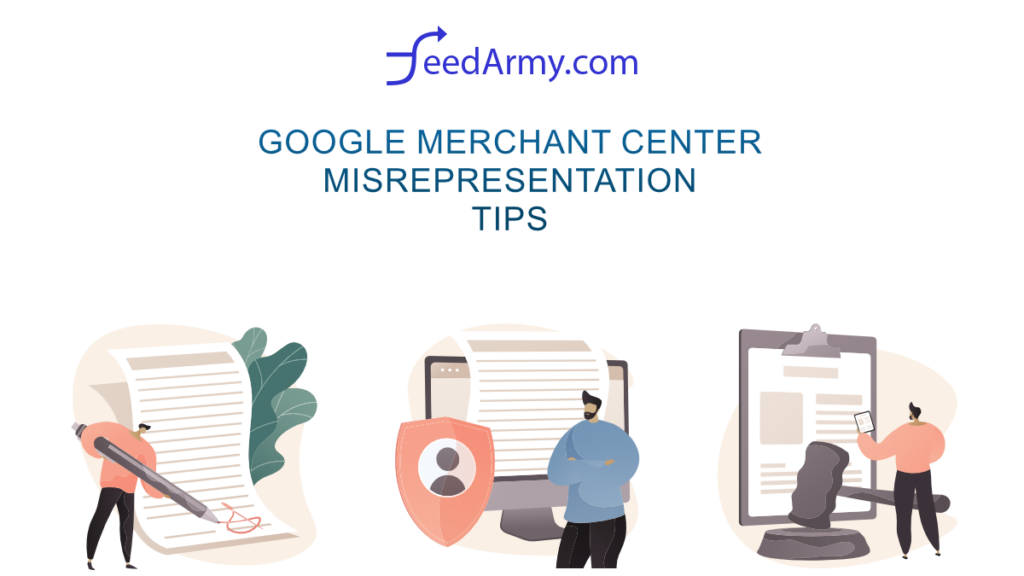Today, we delve into an essential topic with significant implications for avoiding or resolving misrepresentation. The term ‘misrepresentation’ refers to any inconsistencies in the trust-related signals communicated by your business which do not align with your actual physical operations.
These inconsistencies could stem from several issues. For instance, if the physical location of your business doesn’t match the information provided on your website, Google Merchant Center, social media profiles, or other linked accounts, that discrepancy can be perceived as misrepresentation.
Similarly, suppose your business operates in one geographic region but is officially registered in another, such as with a virtual LLC. In that case, this, too, can create a trust issue.
Misrepresentation can also occur when you consistently fail to provide an official business name across various platforms.
Setting up a virtual address in a location where your company does not physically operate can contribute to this issue.
Another potential pitfall is the quality of your website. If it does not reflect the high standards of your business and relies on copied content, you may be inadvertently damaging your reputation. It’s crucial to populate your website with unique, high-quality content to represent your business accurately.
Including links to social platforms like Facebook, Instagram, TikTok, and others is essential to establishing trust with your audience.
Other trust indicators include maintaining a Google Business Profile, obtaining BBB accreditation, featuring genuine customer reviews, and showcasing certificates from official third-party sources.
Neglecting essential business policies such as privacy, terms and conditions, returns and refunds, shipping details, contact information, disclaimers, and payment details can also give the impression of misrepresentation.
Similarly, promoting an item at a discounted price when it hasn’t sold at its original price in recent history is also misleading.
A lack of an authentic ‘About Us’ page, improper inventory management, limited knowledge about stock levels, and restricted contact methods can all contribute to the perception of misrepresentation.
It’s also critical to avoid using placeholder text or images and to fix any redirects or broken links on your website.
If you publish blog articles about your products, these should be easily accessible and shared with your customers.
Remember, any inconsistency on your website or Google Merchant Center account that deviates from absolute transparency can be perceived as deceptive and might lead to account suspension.
Avoiding misrepresentation is not merely about avoiding suspensions. It’s a cornerstone of building trust with your customers and establishing a thriving business.
All your business details must align with the actualities, and all information must be transparent, honest, and accessible.
Understanding these points and rectifying potential reasons for misrepresentation can save your business from unnecessary suspensions and help build a loyal customer base.


Hello, my merchany centre account has been blocked for misrepresentation and I don’t understand why. I would need help, thank you
Sorry for the late reply, yes I can help, please email me at [email protected]